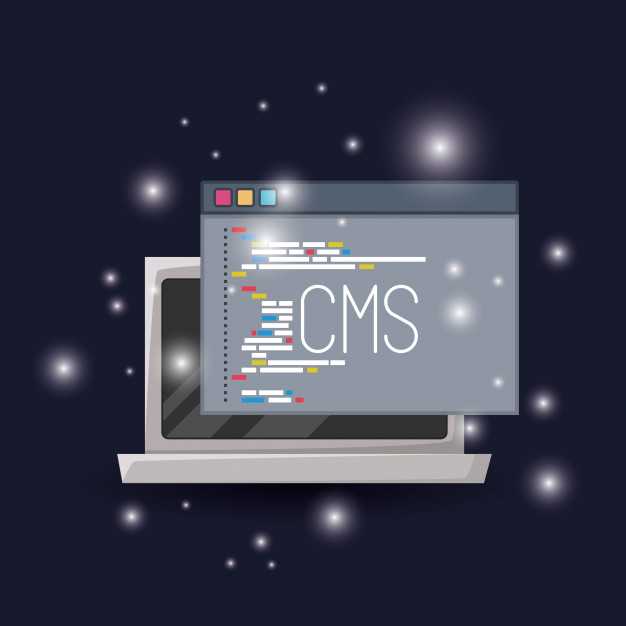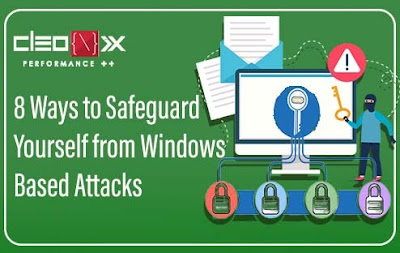Best Practices To Follow To Secure Your CMS Website
The internet has become more of a part of life for today's people as they can find varied information quickly here. And because of this, there are over one billion existing websites and this is growing most rapidly every year. CMS or Content Management System is a vital part of web development and over one-third of all websites are powered by four major CMS platforms and these are WordPress, Magento, Drupal, and Joomla. The popularity of these CMS platforms is beyond question and all of them offer appealing factors and focus on user experience, accessibility, and success in the present digital markets. But one major problem that goes simultaneously with these CMS platforms is the threat to cybersecurity.
Why Cybercriminals often target CMS platforms?
CMS platforms are more vulnerable by nature because they are standing on the open-source frameworks and such shared development environments offer many more benefits, but on the other side, it also has some lapses which arise from the lack of accountability. Since there are no fees charged to get the license no one takes the responsibility for problems like security issues. Now, these security vulnerabilities are worked upon by both security researchers and hackers. And with the access from the administrative side, hackers can cause any kind of damage resulting from defacing the website to using it for the distribution of malware for which the site may get blacklisted in Google and other major search engines.
How to protect your CMS website?
The hackers are continuously evolving the tactics and capabilities, but there are important tips that can help you to protect your CMS website from hacker's attacks:
Using a web application Firewall:
The users can opt for a WAF that automatically protects the site against CMS vulnerabilities.
CIA model:
The CIA model is used as a guide to making sure that the information within the organization is secured properly. The set of rules controls access to information, ensuring that the information is correct and reliable. In order to keep in line with the CIA model, it is important for the company to consider the spread of the information. CMS represents both internal and external information and so it is preventing any loss of data and its manipulation.
Using Plug-ins sparingly:
CMSs have a wide variety of plug-ins available and the advantages that give the users the chance to customize and utilize the features that are not present in the original package. Unfortunately, this makes it more vulnerable and hackers find more scope to entry.
Assessment and treatment of risks:
When it is all about the security of your website, it is a game. Hackers will try to find out the lapses in the software and developers will try to cover the patch as soon as possible. Risk assessment helps the security professionals identify the incidents that could cause damage to the company's assets. The detailed reports help the developers to safeguard the CMS website against possible attacks. Using tools like vulnerability scanners enables the admins to find the weakest aspects and then only they could strengthen the security system. This reduces the damage done and it should be implemented as a part of the damage control plan. Regular backup of the site and its database is also an important job to perform.
Following the best practices for CMS website security helps to control any cyber-attacks on the site that may lead to loss of important data. Effective site management together with some best cybersecurity practices can really keep your CMS website safe.



